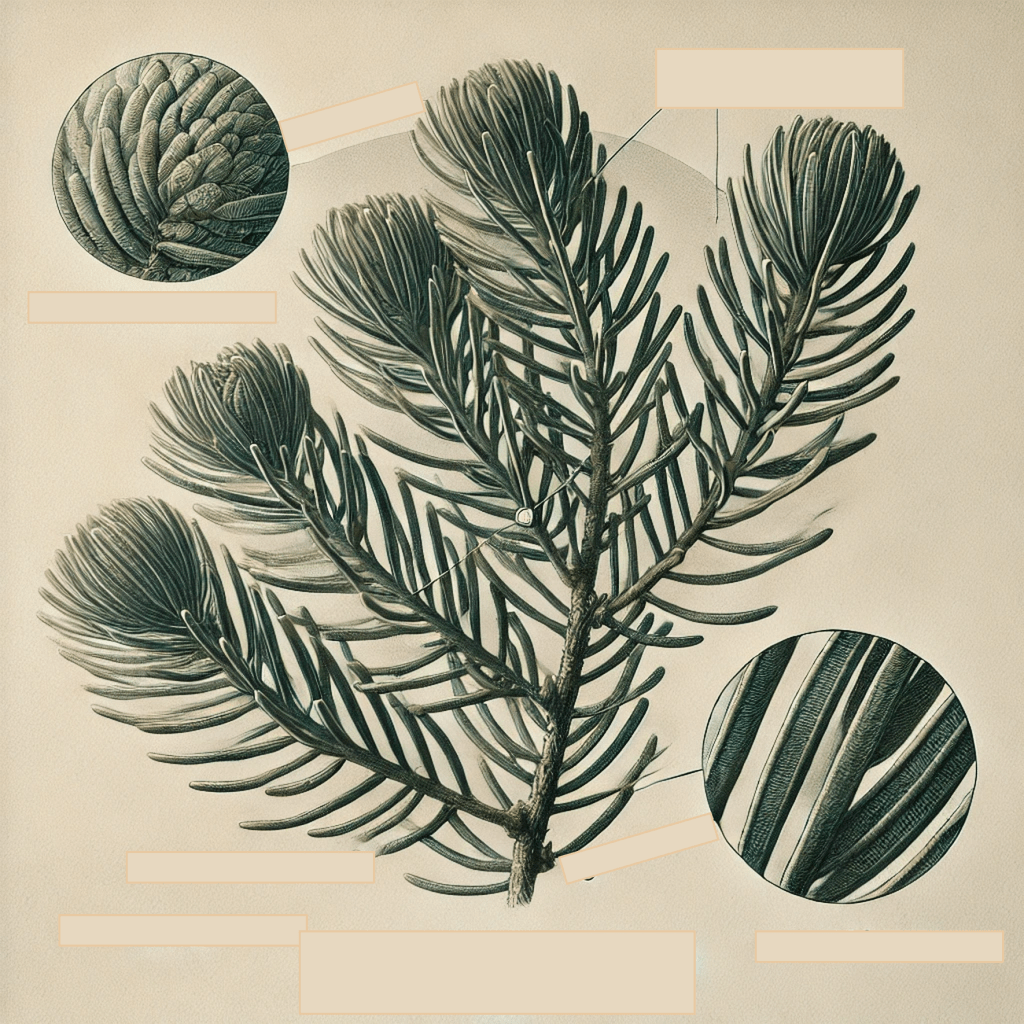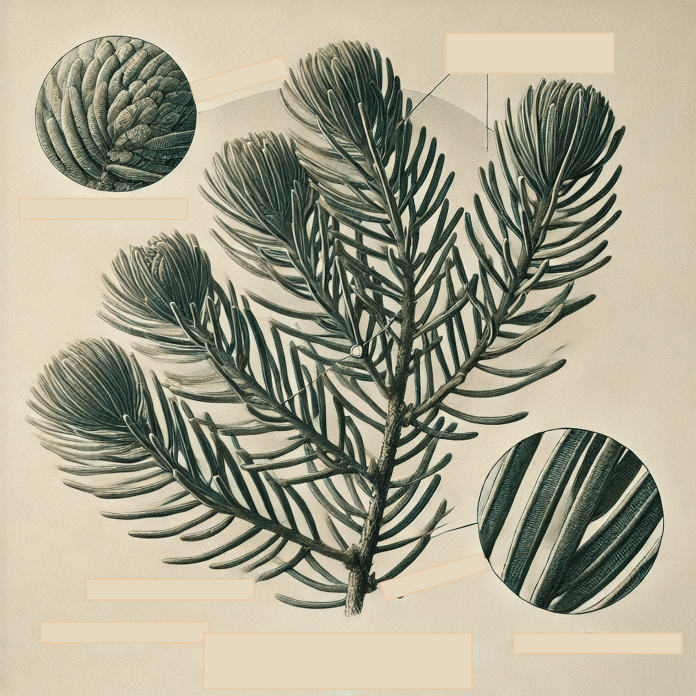The term acicular is used in botany to describe structures that are long, slender, and needle-like in shape. Derived from the Latin word acicula (meaning “small needle”), this term is often applied to leaves, crystals, or other plant parts that exhibit a thin, pointed form.
Characteristics
- Shape: Narrow, elongated, and tapering to a sharp point, resembling a needle.
- Texture: Can vary from rigid and stiff to soft and flexible, depending on the plant species.
- Arrangement: Acicular leaves are typically borne in clusters or spirals, as seen in coniferous plants.
Examples in Nature
- Pine Trees (Pinus spp.): The needle-like leaves of pines are a classic example of acicular foliage.
- Horsetail (Equisetum spp.): Often features slender, acicular segments.
- Seaweed (Acicularis spp.): Some marine plants and algae exhibit acicular structures.
Adaptive Significance
Acicular structures often serve important ecological roles:
- Water Conservation: Their small surface area minimizes water loss in arid or cold climates.
- Wind Resistance: The narrow shape reduces damage from strong winds in exposed environments.
Tip: Acicular plants are ideal for adding texture and visual interest to garden designs, especially in rock gardens or xeriscapes. Pair them with broader-leaved species for a striking contrast.





